What is Machine Learning?
Machine learning (ML) is the study of computer algorithms that can improve automatically through experience and with the use of data. Machine Learning is considered a subdomain of Artificial Intelligence. Machine learning algorithms build a model based on sample data, known as “training data”, to make predictions or decisions without being explicitly programmed to do so.
Source: Wikipedia
A computer program is said to learn from experience E with respect to some task T and some performance measure P, If its performance on T, as measured by P, improves with experience E.
Tom M. Mitchell, 1997
Let’s understand Tom M. Mitchell’s definition with an example:
Task T – Predict Housing Price
Experience E – Training data which we feed and trained housing price on a computer program.
Performance Measure P – What is the prediction accuracy outcome?
If performance measure P on task T gets a good prediction, then experience E improves. Alternatively, If the performance measure P on task T gets a bad/average prediction then the experience E either remains the same or gets decreased and needs to be retrained with a new set of training data to improve the experience E.
How Simple Machine Learning Approach Works?
The above example gives a high-level overview of how a simple machine learning approach works. Each process may have multiple sub-processes, for example retrieving error data, analyzing error data, cleansing error data, identify the problem, finding a solution, finding relevant new training data, choose an algorithm and model, train the model, analyzing the outcome, deploying the model onto production. This is a cyclic approach that goes on and on until we precise model to make an efficient prediction.
When should we consider using Machine Learning?
1. When there is a need to write thousands of tags and rules to implement a solution.
2. When the time involved is very high in the long run?
3. When a detailed analysis is required
4. To make an accurate diagnosis to identify the diseases
5. To get a bigger picture of complex problems
Where is machine learning used now?
The below list includes some scenarios that use Machine Learning and is not limited to
1. Chatbot
2. Automatic routing and replying of emails
3. Detecting Credit card fraud
4. Personal Credit approval
5. Video recommendations based on search or views
Four categories of Machine Learning:
1) Supervised learning – The training data which is fed to the algorithm contains the desired output for a given problem.
e-g A person learns Tennis with a coach.
Supervised learning Algorithms:
- Linear Regression
- Logistic Regression
- Decision Tree
- Random Forest
Practice the Supervised Learning Quiz
2) Unsupervised learning – The training data which is fed to the algorithm does not contain any desired output for a given problem.
e-g A person learns Tennis without a coach.
Unsupervised learning Algorithms:
- Anomaly detection
- Hierarchical Cluster Analysis(HCA)
- Isolation Forest
- Principal Component Analysis(PCA)
Practice the Unsupervised Learning Quiz
3) Semi-supervised Learning – Some of the training data that is fed to the Algorithm contains desired output and some data does not contain desired output for a given problem. It is thereby a combination of Supervised and Unsupervised learnings.
e-g A person learns some Tennis skills with a coach and some Tennis skills without a coach.
Semi-supervised Algorithms:
- Deep belief networks (DBNs)
- Graph-based methods
- Semi-supervised SVM
Practice the Semi-supervised Learning Quiz
4) Reinforcement Learning – The training data does not explicitly contain the correct output for each input. The system has to decide the correct output based on the positive rewards and the negative rewards received for each input.
Reinforcement Learning Algorithms:
- Least-Squares Policy Iteration (LSPI)
- Q-Learning
- Deep Q-Learning (DQN)
- Double DQN
Practice the Reinforcement Learning Quiz
Data… Data… Data.
Without data, no system or machine can learn anything otherwise it will get zero results. The same is true for human intelligence; we make decisions based on our experience (past data) in our life.
While encountering new experiences we are forced to make decisions, however, only based on the outcome we may come to know if the decision we took was right or wrong.
So, Data… Data… Data… No data No experience No better prediction on Machine learning. Data is going to be a new oil in the future and may decide the future of countries economy.
Artificial Intelligence, Machine learning, and Deep Learning are going to be the next revolution in all areas, so let’s get into it and take a pie of knowledge.
Read AI and Machine Learning articles:
Predict Customer SO Price Using ML Supervised Learning: Expectations vs. Reality
Artificial Intelligence Chatbot Using Neural Network and Natural Language Processing
Introduction and Hidden Secrets of Artificial Intelligence

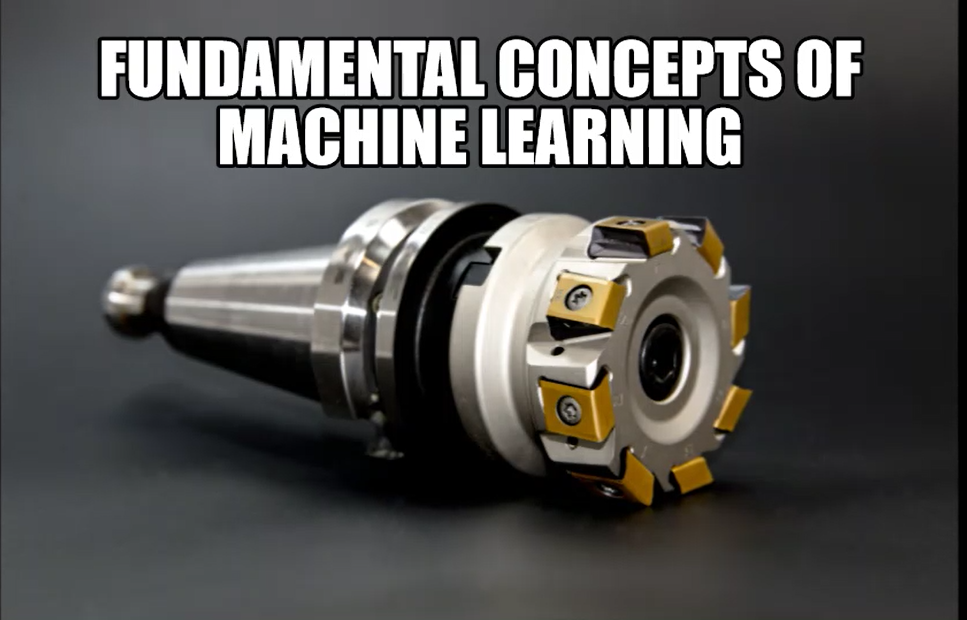
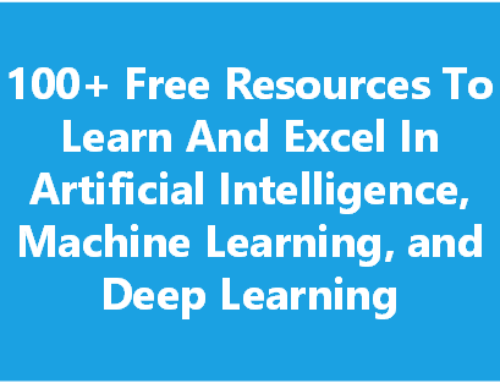
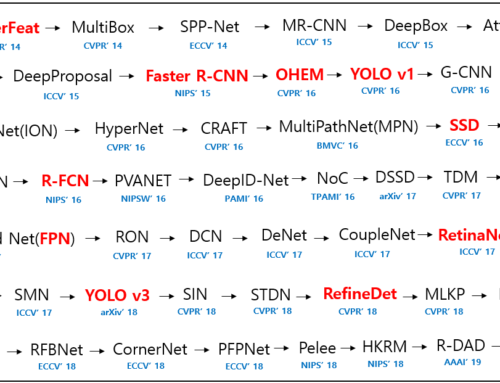
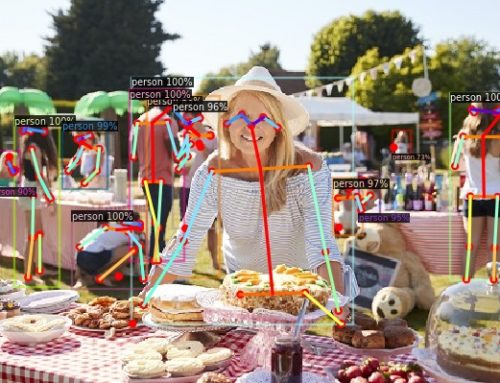
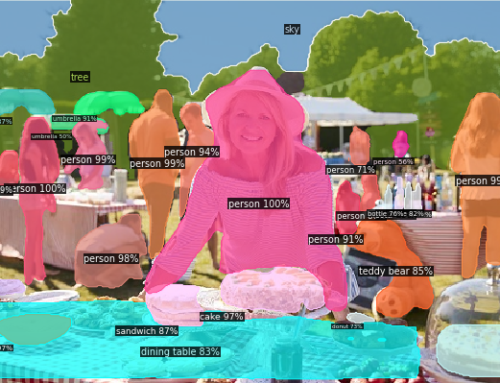
Leave A Comment